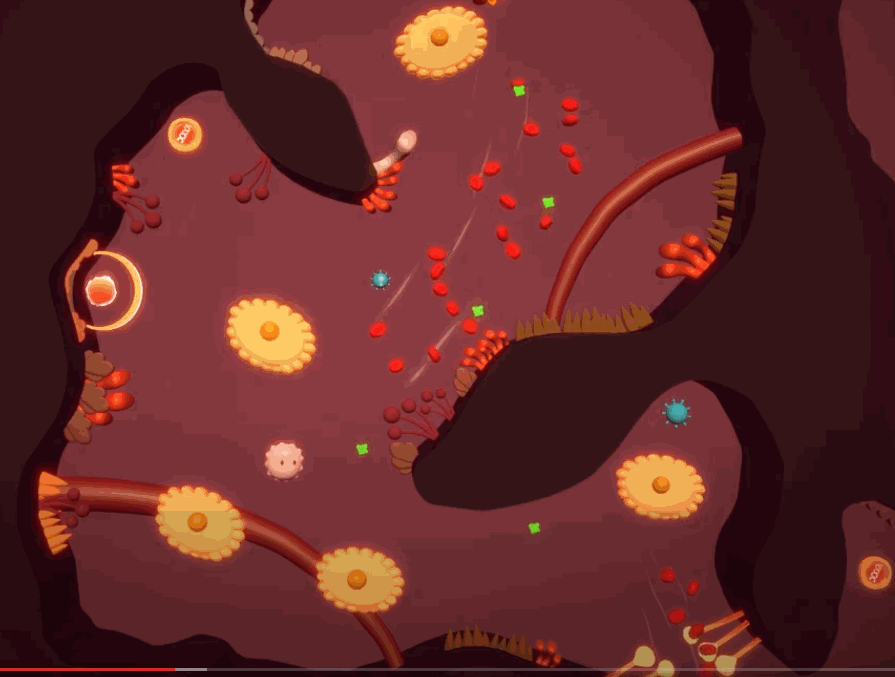Team Ditto
Designed and Prototyped games for Google Stadia's State Share feature.Role: Technical Artist & Designer
Team Size: 5
Client: Google Stadia
Engine: Unity
Platform: Google Stadia
Duration: 4 months
Overview:
We are collaborating with the Google Stadia team to design a game that takes full advantage of Google Stadia’s State Share feature, a groundbreaking aspect of the Stadia platform that gives players the ability to share their game saves with others, allowing their friends or strangers the ability to “jump” into their game saves, at the click of a link. To that end, we have spent this semester prototyping, designing, and developing a game that centralizes the State Share feature as a core gameplay mechanic.
Look dev:
Initial Concept Art from the artist:
Final Look on Unity:
KeyVFX & Shader:
Issue Encountered:
When I was doing this project, there was a time that the vertex animation shader I wrote for the character behaved differently on the model that the 3d artist gave me compared to the Unity default object. Please see the details of how I debugging the issue by controlling variables.
Process of finding out the solution:
Step 1: There might be something wrong with the shader itself. I tested the shader on some Unity default meshes but it gave the correct result. So the shader is working.
Step 2: I thought the problem was pretty straight forward at first glance because the model “exploded” with the shader. It must be something wrong with the vertices position, in another word, it could be the problem of Topology. So we fixed the topology to fits the logic of the vertex animation shader.
The model is not exploding anymore but the share is still behaving not as usual.
The weird output bothered me a lot and I tried testing a lot with different meshes exported directly from Maya. some of the meshes worked but some didn’t, I realized that the working meshes are all OBJ files, the ones weren’t work were all FBX files.
Step 3: So I figured maybe that’s something wrong with the format since .fbx files usually contain a lot more information than .obj files. And when I re-exported the model with OBJ format, the shader behaved normally. Problem solved!






